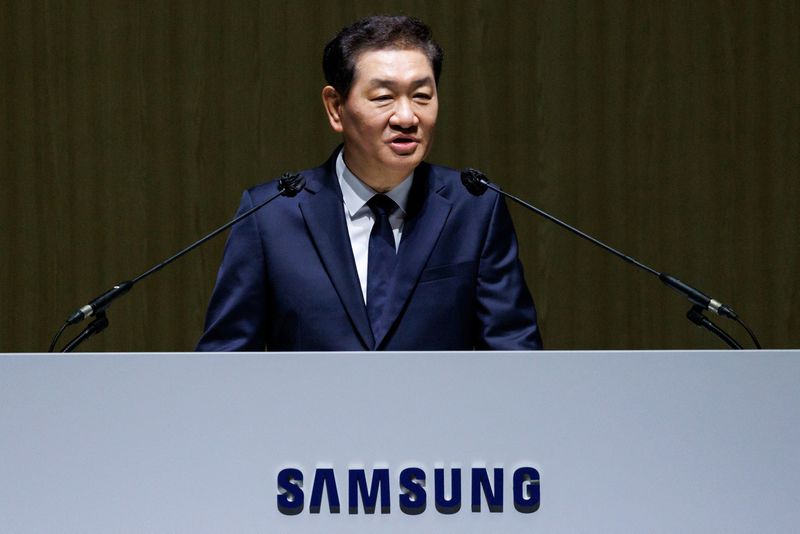TSMC’s 3nm Production Capacity to Surge 30% in 2025 Thanks to AI Boom
 |
| Key Drivers and Implications for the Semiconductor Giant |
Fueled by the unprecedented artificial intelligence boom, Taiwan Semiconductor Manufacturing Company (TSMC), the world’s leading foundry for semiconductor contract manufacturing, is poised to see a remarkable 30% increase in its 3-nanometer production capacity in 2025, according to insights from Taiwanese media outlets like Liberty Times, citing industry sources. This surge in TSMC’s 3nm chip production is driven by skyrocketing demand from tech giants such as Apple, NVIDIA, Qualcomm, and AMD, all racing to capitalize on the explosive growth of AI technologies. Industry insiders reveal that TSMC has been aggressively expanding its 3nm manufacturing facilities to meet this demand, with plans to boost monthly output from approximately 90,000 wafers last year to over 120,000 by the end of 2025. This leap in production capacity underscores TSMC’s pivotal role in powering the next generation of AI-driven devices, with the 3nm process expected to become a cornerstone of its revenue growth, alongside advanced packaging techniques like Chip on Wafer on Substrate (CoWoS).
The strategic push toward TSMC’s 3nm production capacity expansion reflects a broader trend in the semiconductor industry, where smaller node sizes translate to chips with lower power consumption and faster processing speeds, critical for AI applications. Sources indicate that TSMC’s Fab 18, located in the Southern Taiwan Science Park, is a key hub for this growth, producing both 3nm and 5nm wafers on 12-inch (305mm) lines. While the 5nm process currently boasts a monthly capacity of around 150,000 wafers, TSMC is prioritizing investment in 3nm facilities over further 5nm expansion to align with the evolving needs of its biggest clients. This shift is particularly significant given speculation that NVIDIA’s next-generation Rubin GPU, a successor to its Blackwell architecture, may adopt TSMC’s 3nm process, highlighting the technology’s relevance for cutting-edge AI chips. Experts note that the 3nm node, currently the most advanced in mass production globally, gives TSMC a competitive edge in the race for semiconductor supremacy, especially in high-performance computing and AI server markets.
Beyond technical advancements, geopolitical dynamics are also shaping TSMC’s trajectory. Concerns have emerged in Taiwanese media about the incoming Donald Trump administration’s potential use of tariffs to pressure TSMC into relocating its advanced manufacturing capabilities to the United States sooner than anticipated. Such a move could transform TSMC into what some fear might become an “American TSMC,” or ASMC, raising questions about the long-term implications for Taiwan’s semiconductor dominance. However, Taiwan’s Economic Minister Kuo Chih-hui has downplayed these concerns, asserting at a recent seminar that as long as the island retains control over core technologies and supply chains, the overseas expansion of its companies poses no threat. He emphasized that TSMC’s investments abroad, including in the U.S., must undergo rigorous review by the Ministry of Economic Affairs’ Investment Commission, with no plans to relax regulations safeguarding Taiwan’s technological edge. Notably, the ministry clarified that the N-1 policy, which restricts overseas production to one generation behind the latest process (e.g., 3nm instead of 2nm), applies specifically to investments in China, not to regions like the U.S., offering flexibility for strategic partnerships.
The significance of TSMC’s 3nm production capacity increase extends far beyond numbers; it reflects a pivotal moment in the global tech landscape. The nanometer metric denotes the width of circuits in a chip, and shrinking it to 3nm delivers substantial efficiency gains, vital for AI workloads that demand both power and speed. TSMC’s dominance in nodes at 2nm and beyond continues to draw praise from analysts, who see the company as unrivaled in the advanced semiconductor manufacturing space. Meanwhile, the interplay of AI-driven demand and geopolitical pressures adds layers of complexity to TSMC’s growth strategy. For instance, the company’s collaboration with NVIDIA on the Rubin GPU could solidify its position as the go-to foundry for AI chip innovation, while its U.S. expansion underpins efforts to diversify supply chains amid rising global tensions. Taiwanese authorities remain confident that their grip on critical know-how, exemplified by TSMC’s planned 2nm rollout, will keep the island at the heart of the semiconductor ecosystem, even as production footprints expand overseas.
Ultimately, TSMC’s projected 30% boost in 3nm production capacity for 2025 encapsulates the convergence of technological innovation and strategic foresight. The AI boom has not only propelled demand for TSMC’s cutting-edge chips but also highlighted its adaptability in a fast-evolving industry. As the company scales up to meet the needs of its heavyweight clients and navigates international challenges, its 3nm advancements promise to redefine performance benchmarks for AI hardware, positioning TSMC as a linchpin in the global tech supply chain for years to come.



Comments
Post a Comment